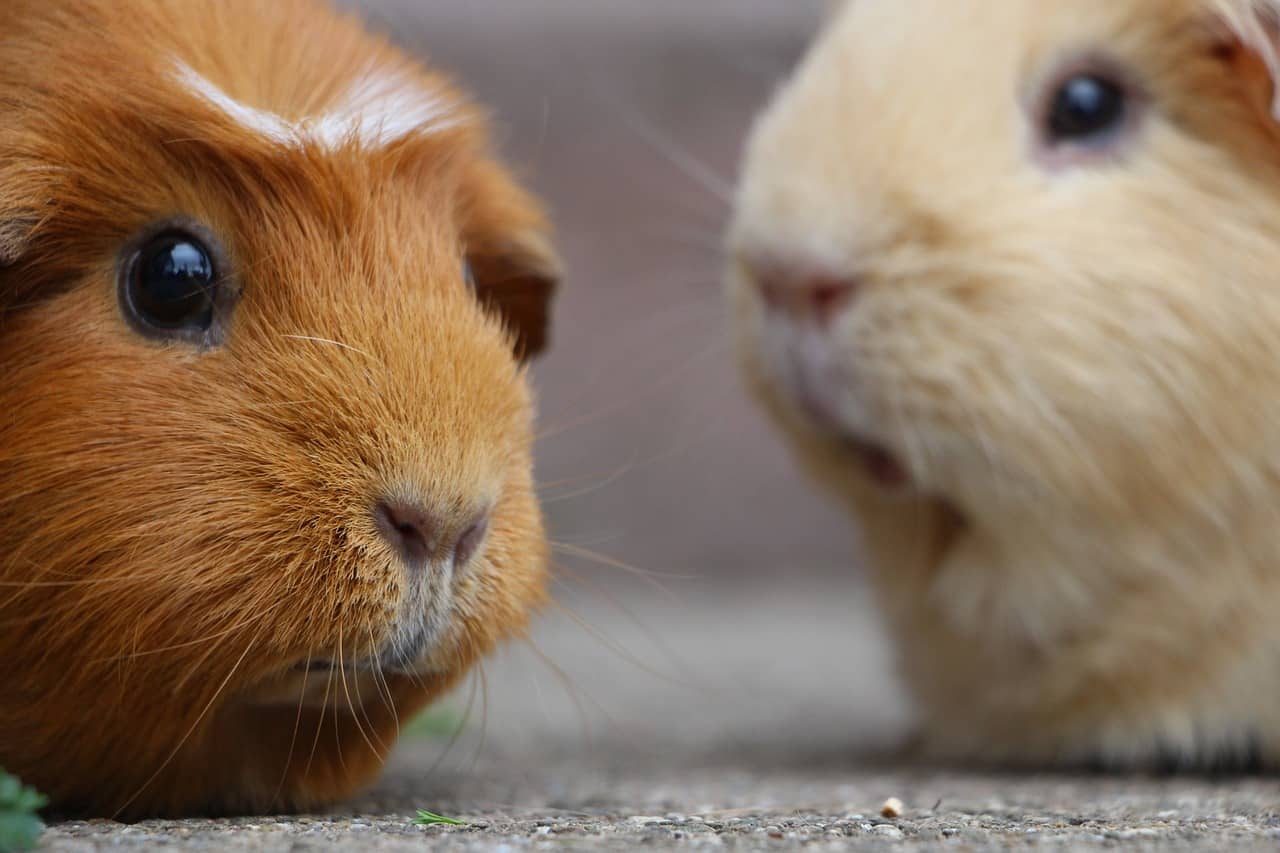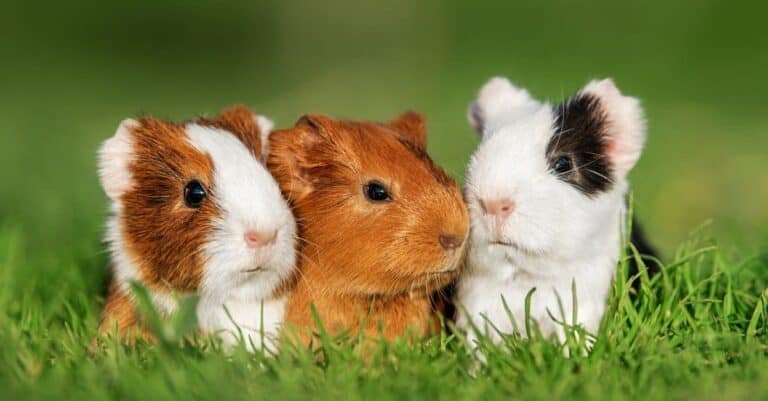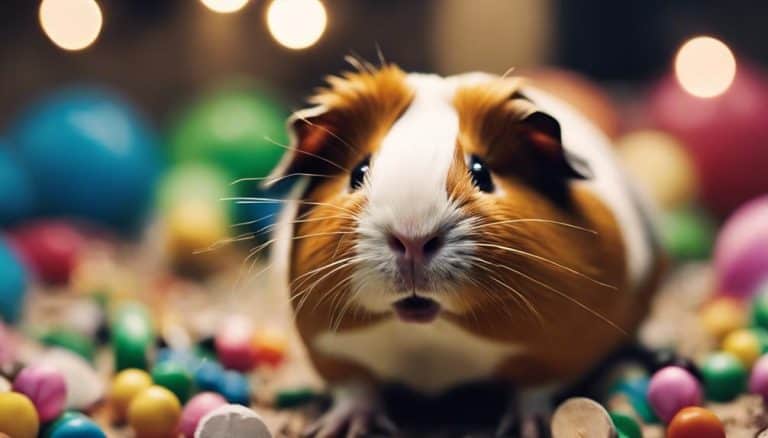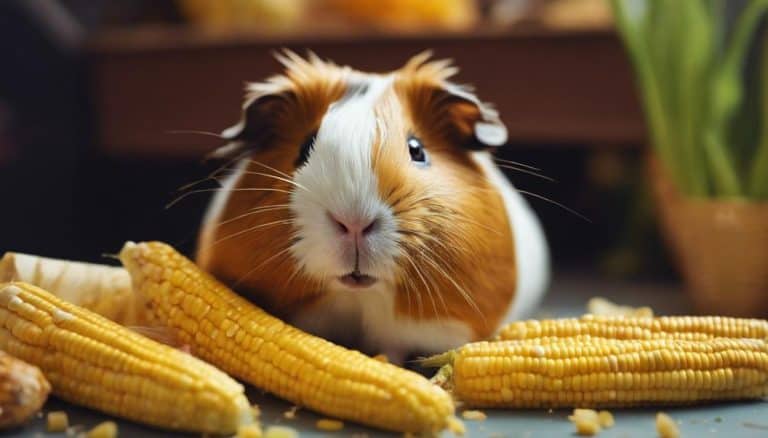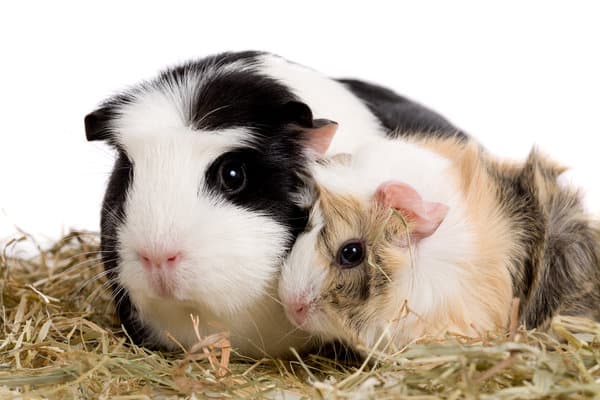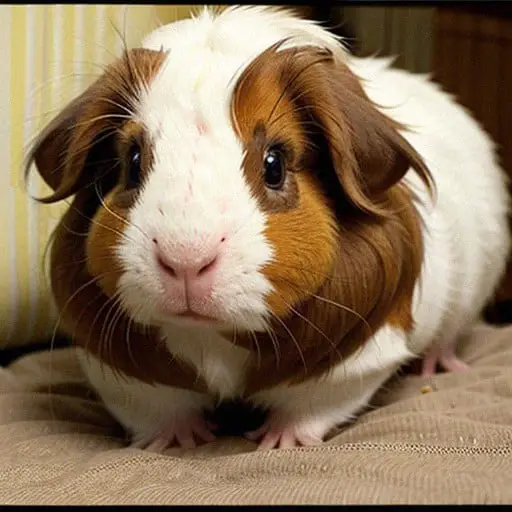To Crawl or Not to Crawl: When Guinea Pigs Attempt to Escape Under Doors
How to Select the Right Cage for Your Guinea Pig
Guinea pigs are adorable and fun-loving pets that require a cage or enclosure to live in. When it comes to choosing the right cage for your piggy, there are a few things to keep in mind. First and foremost, you should consider the size of the cage. Guinea pigs need plenty of floor space to move around, so a small pet carrier just won’t cut it. It’s best to choose a cage that provides at least 7.5 square feet of floor space for one or two guinea pigs, with an additional 1 to 2 square feet per additional piggy.
Another factor to consider is the material of the cage. A guinea pig’s cage should be made of a sturdy and non-toxic material such as plastic or metal wire. Avoid cages made of wood as guinea pigs are notorious chewers and may ingest harmful splinters. A popular option among guinea pig owners is a C&C (Cubes and Coroplast) cage, which is made up of metal grids and plastic corrugated sheets.
Lastly, think about the number of entrances the cage should have. Although guinea pigs aren’t climbers, they are notorious escape artists and can fit through small spaces. A cage with a single entrance may pose a threat to your piggy’s safety and may lead to escape attempts. It’s a good idea to have at least two entrances in case you need to retrieve your piggy or clean the cage.
Why Your Piggy Might Want to Escape
If your guinea pig attempts to escape under doors, it may be an indication that something is not quite right in their living space. One possible reason is that the cage is too small. Guinea pigs are active animals and require stimulation and activities to keep them happy and healthy.
A cramped cage without room to move around can lead to boredom and frustration, causing your piggy to seek out other places to explore. Drafts can also be a factor in your piggy’s escape attempts. Guinea pigs are sensitive to temperature changes and shouldn’t be kept in areas with extreme temperatures. Make sure your piggy’s cage is positioned in a draft-free area to prevent respiratory issues and drafts.
Lastly, consider if your piggy is getting enough attention and interaction. Guinea pigs are social animals and thrive when they have company. If your piggy is feeling lonely, they may start to look for ways to get out and explore.
Benefits of an Outdoor Run for Your Guinea Pig
If you’re looking to give your guinea pig more space to explore, an outdoor run may be a good solution. An outdoor run allows your piggy to enjoy fresh air and soak up some sunshine, both of which are beneficial for overall health and well-being. When choosing an outdoor enclosure, make sure it’s the appropriate size for your piggy and provides adequate protection from predators.
To keep your piggy safe, you’ll need to supervise them when they’re outside and make sure the enclosure is secure. Add items like a ramp, hay, and tunnels to the enclosure to provide stimulation and activities for your piggy.
The Importance of a Living Area Near Family Activity
Guinea pigs are social animals and enjoy the company of their human family. It’s important to place their cage in an area where they can interact with you and observe family activities. For example, you may want to place their cage in a living room or family room where they can see and hear what’s going on. When it comes to activities that are safe for your piggy, there are plenty of options.
Guinea pigs love to chew, so providing chew toys such as wooden blocks or carrot sticks is a great way to keep them entertained. Additionally, you can offer your piggy a water bottle and hay or vegetables to snack on. It’s important to note that although guinea pigs are social animals, they shouldn’t be placed with other pets such as cats or dogs. These animals may see your piggy as prey and can cause harm.
The Great Outdoors and Your Guinea Pig
While an outdoor run can be a great way to give your piggy fresh air and sunshine, there are some precautions you’ll need to take. Guinea pigs cannot sweat and are sensitive to temperature changes, so make sure the temperature is within the appropriate range (typically between 65-75 degrees Fahrenheit) and provide shade if necessary.
It’s also important to keep your piggy safe from predators such as cats, dogs, and birds of prey. You may want to consider adding a cover to the enclosure or placing the enclosure in a fenced area. When it’s time to bring your piggy back indoors, make sure to do so gradually. Sudden changes in temperature can lead to respiratory issues such as Bumblefoot. Bring your piggy inside for shorter periods of time at first and gradually increase their time outside.
Preventing Respiratory Issues in Guinea Pigs
Respiratory issues are common in guinea pigs, and it’s important to take steps to prevent them. One cause of respiratory issues is poor ventilation in their living space, so make sure your piggy’s cage is in a draft-free area with good air flow.
Another factor to consider is bedding. Avoid using cedar or pine shavings as they can cause respiratory issues. Instead, opt for paper-based bedding or fleece liners that can be washed and reused. Lastly, if you notice any signs of respiratory distress such as difficulty breathing or coughing, seek veterinary help immediately. Early intervention is key in preventing serious respiratory issues in your piggy. I
n conclusion, keeping your guinea pig safe and happy requires choosing the right cage, providing plenty of activities and stimulation, and taking precautions when it comes to outdoor time. With the right care and attention, your piggy will be a beloved addition to your family for years to come.

